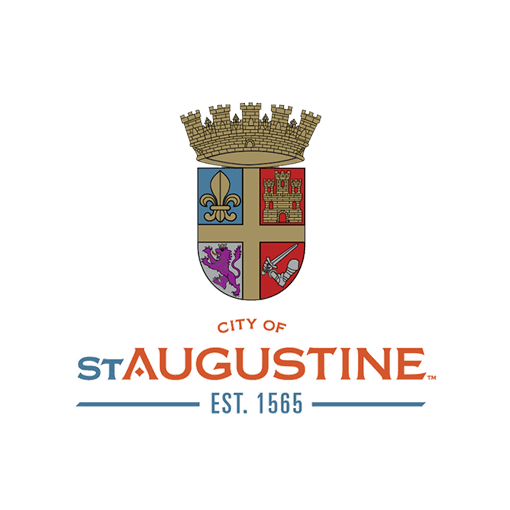
St. Augustine
St. Johns County, Florida
The City of St. Augustine was founded on September 8, 1565 as a Spanish military garrison and colonial town. The city has the distinction of being the longest continuously inhabited European-founded city in the 50 United States. The city remained under Spanish Colonial rule until 1821 except for a brief 20-year period resulting from the French and Indian War and the American Revolution when it was under British rule, earning it the informal designation as the Fourteenth Colony.
Tourism began in St. Augustine shortly after it became a part of the United States with travelers visiting the impressive Spanish fortification and restorative qualities of the Florida climate. Today tourism is a major economic contributor with over 6 million people visiting St. Johns County and St. Augustine annually and spending over $1 billion during their visit. While the city’s population has remained at less than 15,000 residents for 50 years, St. Johns County’s population has surged in recent years from 190,000 in 2010 to almost 250,000 people today.
As a very low lying city, St. Augustine’s recent experiences with extensive and devastating flooding from Hurricane Matthew in October 2016 and Hurricane Irma in September 2017, and the growing threat of nuisance flooding, often referred to as “sunny day” flooding, has served to raise the community’s awareness of its vulnerability that is exacerbated by the effects of sea-level rise. A 2016 study indicates that an additional 500 acres of land are vulnerable to this nuisance flooding with one foot of sea level rise.
The city’s elected leaders have encouraged and initiated extensive discussions within the city and with neighboring jurisdictions to share resources that address these common issues. Additionally, the city has stepped up and joined with other organizations seeking innovative and effective ways to build resilient cities for tomorrow. St. Augustine is committed to preserving the quality of life for its residents while recognizing the significance of its historic landscape and dependence on historic resources within a tourism-based economy.


